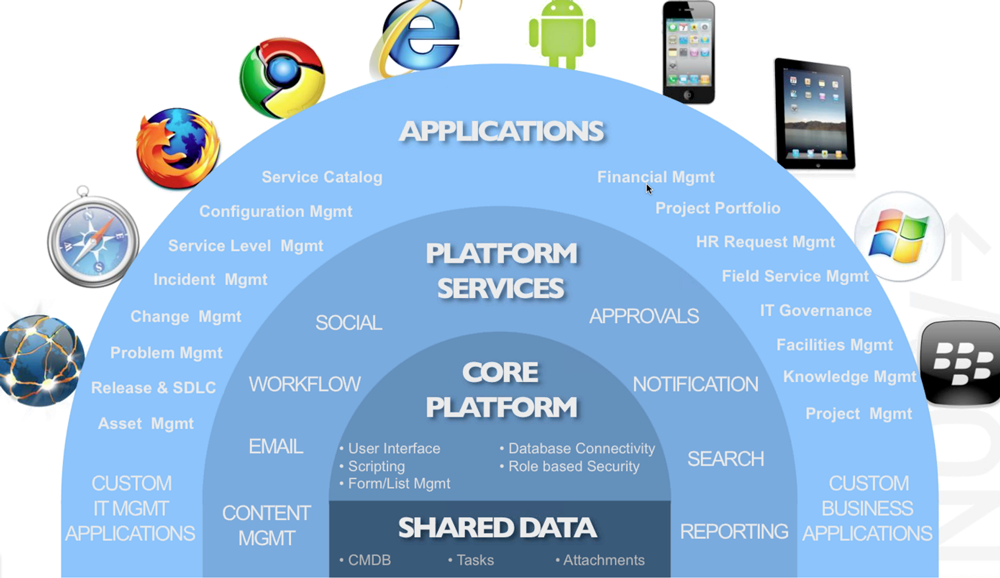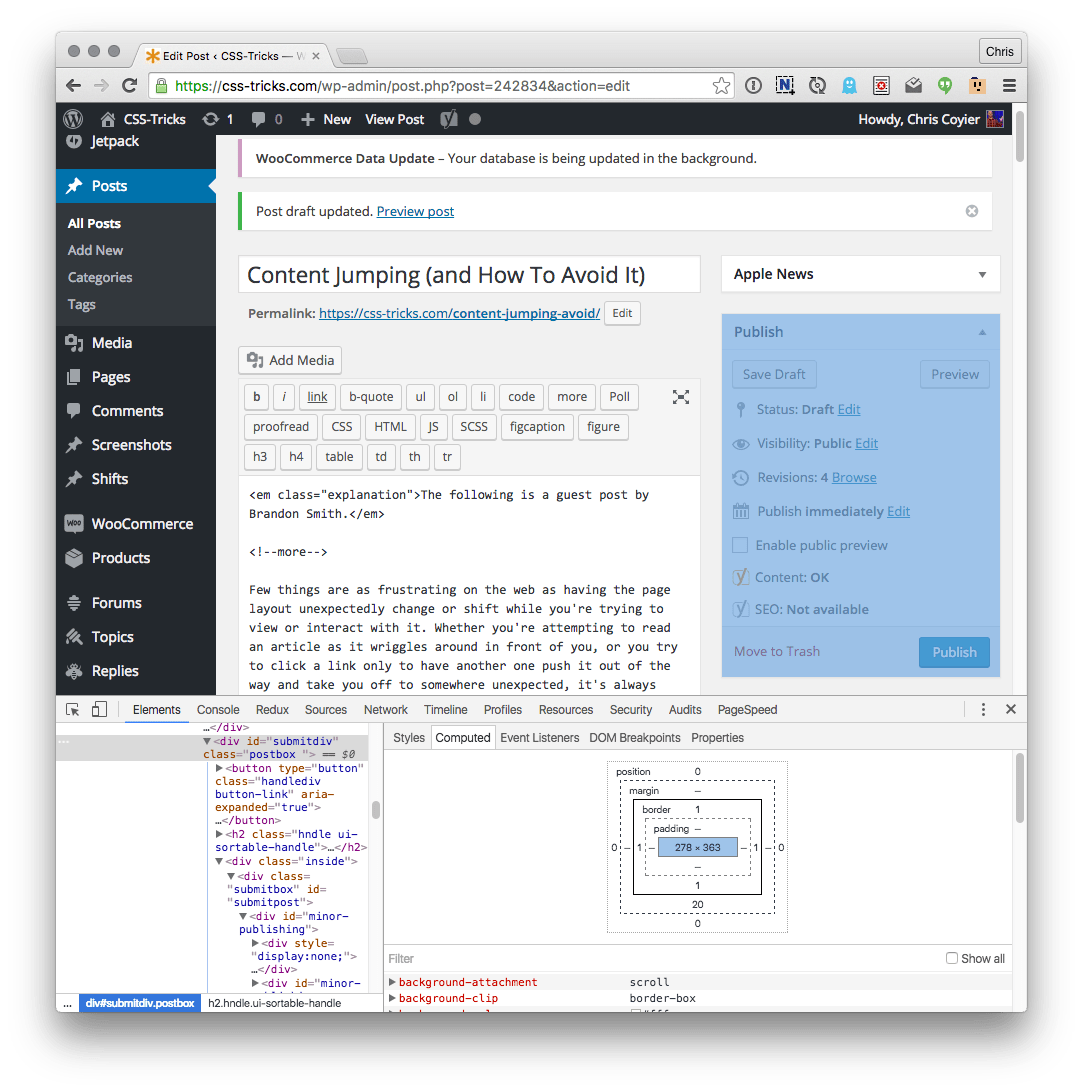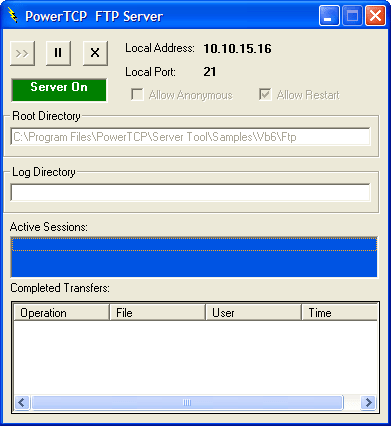Request: Controls For Jumping Between Screenshots
This Microsoft Word Tips & Microsoft Word Help page supplements several other content control tips pages. This page focuses on grouping controls so that users are restricted to editing only the content control content and tips for navigating between the controls in a document. See my introduction/summary page for a list of links to all content control related pages on this website Content controls are managed from the 'Controls' group in the ribbon 'Developer' tab. This group contains command controls for inserting each of the Content Controls types in the document, controls for opening the control design and properties dialogs, and a control for grouping or ungrouping a collection of content controls. Note: Developer tab display is optional and hidden by default in Word 2007. If not displayed check Word OptionsPopularShow developer tab in the Ribbon (Word 2007)/OptionsCustomize the Ribboncheck Developer tab in right hand column (Word 2010).
Grouping Content Controls By grouping a collection of content controls the user has access to enter information in the controls but editing other text is restricted. There are two ways that you can group controls:. Using the Group command.
To group using the Group command you first select the controls and text to include in the group and click 'Group' from the Group command drop down menu. Nesting controls in a restricted content rich text control container. To group controls by nesting the controls in restricted content rich text control container, you first select the controls and text to include in the group and then click the 'Rich Text' add control. Navigating between controls Navigation between individual or grouped plain text, drop-down list, combo box, or date picker controls is accomplished by simply depressing the Tab key. Unlike with legacy form fields, when you tab in the last content control in a sequence the focus is not returned to the first control in the sequence. Note: To create a tab in a plain text control use CTRL+Tab. You can overcome this nuisance by assigning a unique 'tag' property to the first and last content control in your sequence and adding the following code to the DocumentContentControlOnExit event procedure.
Private Sub DocumentContentControlOnExit(ByVal ContentControl As ContentControl, Cancel As Boolean) Select Case ContentControl.Tag 'Last' = tag property applied to the last control. Case 'Last' 'First' = tag property applied to the first control. ActiveDocument.SelectContentControlsByTag('First').Item(1).Range.Select End Select lblExit: Exit Sub End Sub Then when you finish in the last content control simply click anywhere in the document and the to exit the content control and the focus will be returned to the content control tagged 'First.' Note: If there are one or more content controls in the document after your assigned 'Last' content control then the focus will be set automatically to the content control tagged 'First' when you tab out of the 'Last' control. Unfortunately navigating between content controls in documents containing rich text or picture content controls is more problematic. Rich text controls First let's look at problems associated with rich text controls.
The following example shows three rich text content controls grouped (nested) in a restricted content rich text control container. Using the tab key in one of these controls enters a physical tab in the control as expected. The focus does not advance to the next control. To the dismay of many, there is no apparent key stroke that will navigate to the next rich text content control in a document. Fortunately there is a limited work around.

If you can use a table in your document layout with one rich text control per cell then you can take advantage of Word's built-in overriding 'NextCell' command to move from one cell to another and by extension, one rich text content control to another. The following example shows three rich text content controls arranged in a borderless table. When working in a table, Words built-in 'NextCell' command overrides the tab key to move to the next cell in the table.
Sub NextCell Dim oCell As Word.Cell Dim oRng As Word.Range Set oCell = Selection.Cells(1) If Selection.Tables(1).Range.ContentControls.Count 0 Then On Error GoTo ErrHandler If oCell.Next.Range.ContentControls.Count 0 Then oCell.Next.Range.ContentControls(1).Range.Select Else oCell.Next.Select End If Do Until Selection.Cells(1).Range.ContentControls.Count 0 NextCell Loop Else On Error GoTo ErrHandler2 oCell.Next.Select End If lblExit: End ErrHandler: If MsgBox('Do you want to loop to the first control?' , vbQuestion + vbYesNo, 'Router') = vbYes Then For Each oCell In Selection.Tables(1).Range.Cells If oCell.Range.ContentControls.Count 0 Then oCell.Range.ContentControls(1).Range.Select Exit For End If Next Resume lblExit Else Set oRng = ActiveDocument.Range oRng.Start = Selection.Tables(1).Range.End If oRng.ContentControls.Count 0 Then oRng.ContentControls(1).Range.Select End If Resume lblExit End If ErrHandler2: Selection.Tables(1).Rows.Add Resume End Sub See: for instructions to employ the VBA code provided above. By intercepting the NextCell command the behavior of the tab key is as shown below. Picture controls The problem associated with picture controls is the most complex and I have not been able to find a reliable work around. When a user tabs into a picture content control the selection is focused on a drawing object. In Word, when a drawing object is selected the tab key functions to select the next drawing object (not the next content control). I am not aware of a built-in 'NextDrawingObject' command or how to intercept this built-in behavior to tab to the next content control.
We should be able to use the ContentControlOnExit Event and add appropriate action and target tags as shown below. In this example the picture control is tagged 'Pic1' and the following control tagged 'NCAP1' (for Next control after Pic 1). The OnExit Event code is.
I have searched and not found anyone else with this problem. 3GS Screen jumps and skips when i touch it sometimes.
Request: Controls For Jumping Between Screenshots Pc
Erratically and unpredictably. It has happened mostly when I try and call anyone on my list of favorites around the top 5 or 6 of them. The apple store person (after giving me a new phone) told me to not restore to the 'old restore' I had, and to do a 'new phone' restore. Still happening. I feel like it could still be software related seeing the chance of it happing to 2 different units is pretty remote.
(I think) Help please!! Hi everyone-The reason why this is happening is because of the CHARGER you are using.
I have a 32 gig Iphone 3GS and its worked perfectly since July. But Last week when i tried to use an old ipod charger with the iphone 3gs cable, my phone screen started jumping around like crazy. As soon as I unplugged it and restarted the phone, it stopped doing this. It also happened when I bought an aftermarket charger from amazon.I'm not an engineer so I can't explain volts and amps exactly, BUT, if voltage and amperes are not precise to an electronic device, it will make it act funny and could ruin it. I do know this first hand.at my job, i set up display cameras and they need a power cable that is made exactly for them. There are resistors, diodes, and other pieces on the board inside the chargers that could burn out the charger and device if they don't meet and/or exceed exact specs. 'Now I am going back to my old restore so I don't loose my text and prefs.
Lets see what happens. Why would this happen to 2 different phones with two different restores on them? ' It must be your computer, as it is the only common point amongst all of your various problems. Do you have third-party software on it? That could easily be causing your problem.

I'd try formatting the hard drive on your computer and installing a fresh copy of Snow Leopard. Then I'd install a fresh copy of the latest iTunes (BEFORE doing ANYTHING else with your computer), and use it to download a fresh copy of OS 3.1 for your iPhone. If you follow the Apple procedure, it likely will just work. Hi everyone-The reason why this is happening is because of the CHARGER you are using. I have a 32 gig Iphone 3GS and its worked perfectly since July. But Last week when i tried to use an old ipod charger with the iphone 3gs cable, my phone screen started jumping around like crazy. As soon as I unplugged it and restarted the phone, it stopped doing this.
It also happened when I bought an aftermarket charger from amazon.I'm not an engineer so I can't explain volts and amps exactly, BUT, if voltage and amperes are not precise to an electronic device, it will make it act funny and could ruin it. I do know this first hand.at my job, i set up display cameras and they need a power cable that is made exactly for them. There are resistors, diodes, and other pieces on the board inside the chargers that could burn out the charger and device if they don't meet and/or exceed exact specs.

Apple Footer. This site contains user submitted content, comments and opinions and is for informational purposes only. Apple may provide or recommend responses as a possible solution based on the information provided; every potential issue may involve several factors not detailed in the conversations captured in an electronic forum and Apple can therefore provide no guarantee as to the efficacy of any proposed solutions on the community forums.
Apple disclaims any and all liability for the acts, omissions and conduct of any third parties in connection with or related to your use of the site. All postings and use of the content on this site are subject to the.